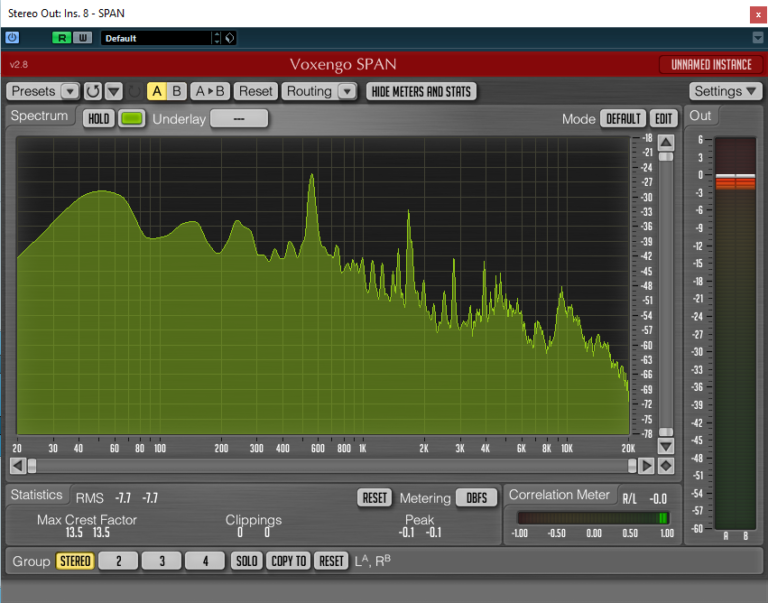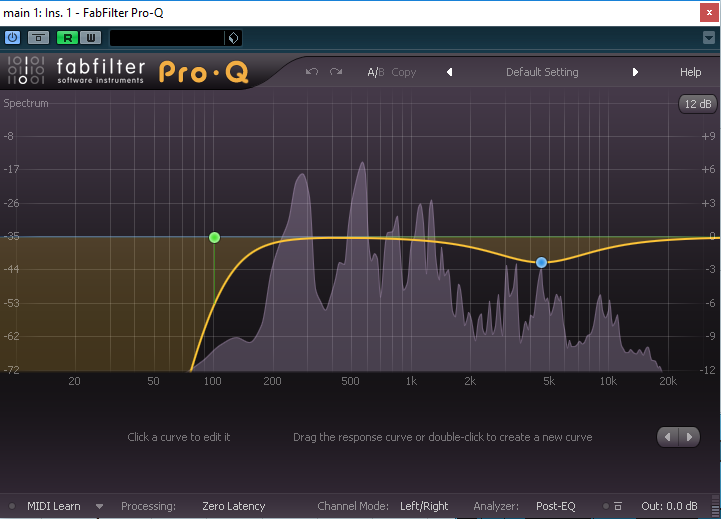
30 Jan Equalization as a Mindset
It’s been a while since I’ve done one of these. I’ve thought for a while about something important and worthwhile to post about, something that could benefit all producers, from drum and bass to pop. In fact, I think this post could be useful to anyone involved in any sort of music production or recording.
Something I think about from time to time is the difference in the type of producer I am now and the type of producer I was 1 or 2 years ago. I still use the exact same plugins as before and the exact same setup but I know that overall, I keep slowly improving overall. I think this is due to a culmination of different things but one of the most important ones is one that I will relate to EQing.
One of the most important things to realise and conceptualise when it comes to producing electronic music (especially on a completely digital format, such as myelf) is that we have a finite amount of space to work with as excessive frequency doubling and overlap is always bad news. In other words, you have to think about everything you put into your production and sonic landscape as if it were a puzzle.
Most people are familiar with using EQ to treat and improve the sound of single tracks and/or samples. What I propose in this article is the adoption of applying this mindset to the entirety of production and using it to gain a deeper and more effective knowledge of production as a whole and to use it to gain a more holistic view of one’s productions, therefore resulting in a clearer, more coherent end product. What I suggest is that one realises that the concept of equalisation is effectively one and the same as sample selection, plugin use and arrangement/songwriting and basically all components of production in that they all accomplish the same thing EQing does; select and attenuate or emphasise different frequencies. I will illustrate this with some examples.

Imagine you have just started a new project and are designing a drum loop. From the start, you are faced with some options and should be asking yourself; will my kick be round and subby? Or high and clicky? How punchy will it be? Will my snare be high pitched and woody? Or low and thumpy? Will my hats be digital and crunchy? Or more natural and washy? This method of seeing components of a track and their important characteristics as separate frequencies and choosing/building them accordingly based on what you know you will need is critical.
Imagine you are now making your bass synth. What kind of midrange does it need to fit your drums? Your kick is subby so you want something with a more lilting subbass and defined midrange. Are your hi hats are super washy and big? Maybe the treble of the bass shouldn’t be the focus then and clash with them. You’re trying to make something cold and digital for the bass, so how much midrange should you keep in or scoop out to get that desired sound? Trying to make something more “old-school”? How much low mid energy should there be to make it sound fat but not muddy? Is the distortion plugin on your bass unknowingly adding far too many harmonics in this area? Maybe a duplicate bass instance with a bitcrusher on it and the low end scooped out will result in the sound you need?
Now imagine making a pad to go under all this. What sort of waveforms should I use? Saws? Squares? How will filtering this pad affect where it sits in the mix? Is it taking up space where the bass is? I’m going to send the pad to a reverb send, how should I EQ the reverb? Should I sidechain it to the kick? Is the rhythm of what my pad plays fitting in with the rhythm of the bass? Does it distract from the important frequencies of the bass?
What I’m trying to illustrate here with these basic examples is the idea of keeping theentirety of your mix in your head whilst you are producing sounds to fit into your song. Every decision you make weather it be deciding what samples to choose, how to use every plugin or doing work on a synth and even deciding how to arrange and write the actual music should be related to this idea of “global EQing” because ultimately, you are manipulating sound and that means manipulating frequencies which is precisely what equalisation is, weather it be through changing a sound by distorting it, EQing it, using a filter, using volume or anything else.
I’m not sure if I’ve explained myself thoroughly here but this concept is clear in my head and I know that it is the central tool that helps my productions become clearer, more powerful and effective as time goes on. Things start to click when you realise and can identify what different frequencies in a sound mean and how they work for you in a track. You will become more acquainted with constructing sounds and know from the start what frequency characteristics to aim for, resulting in sounds which sound more related to each other, which contrast each other better and which, overall, combine better (like a jigsaw puzzle) to create a well-rounded production.

